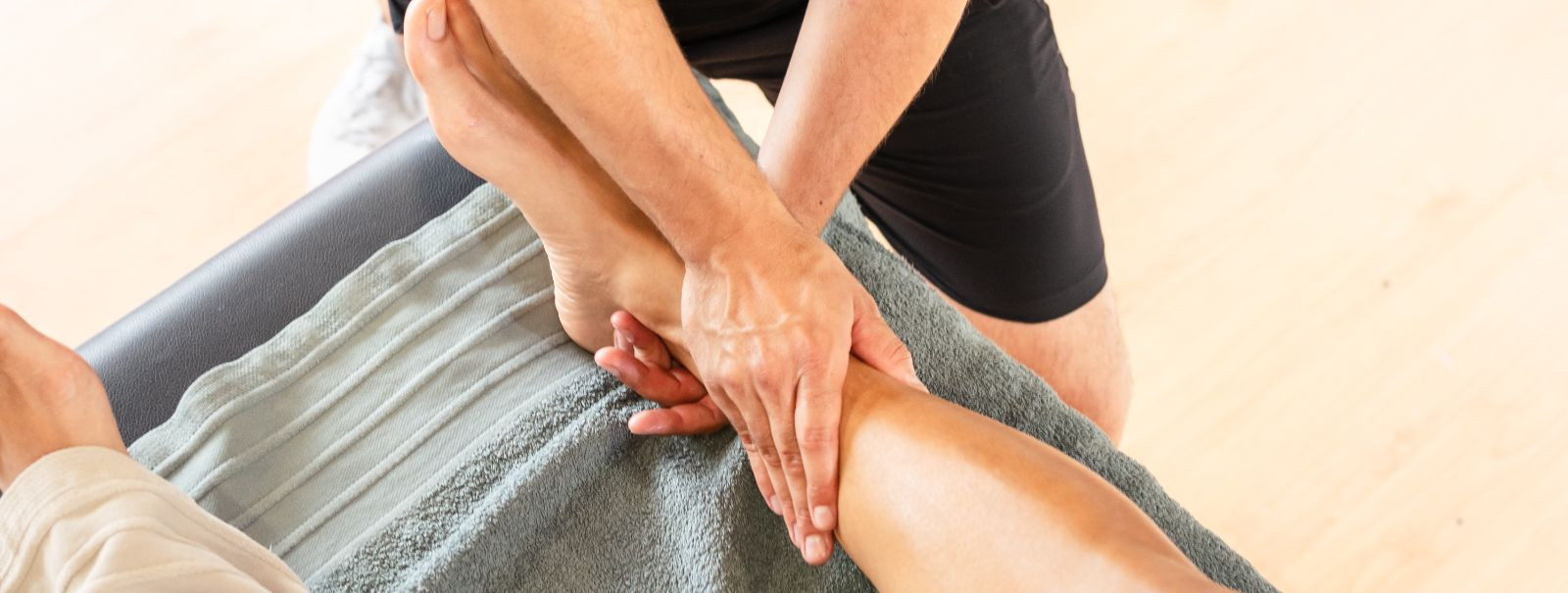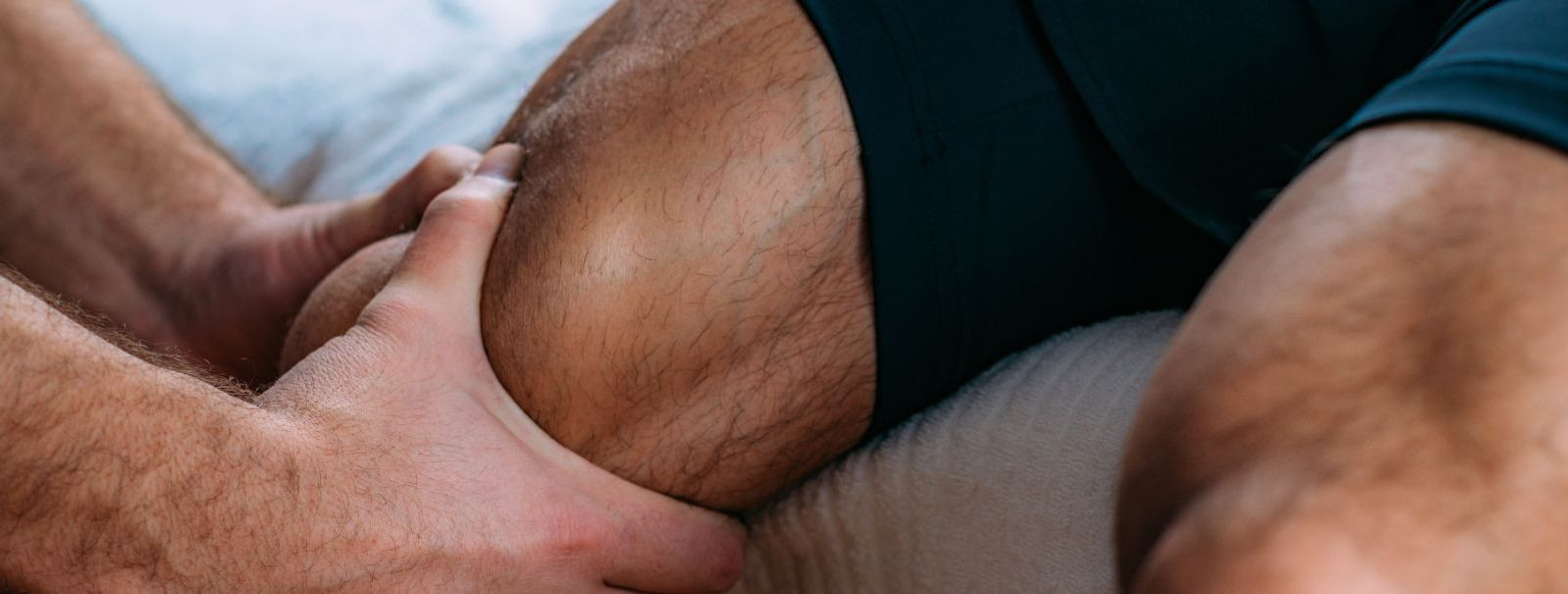Maximizing recovery: the role of treatment massage in rehabilitation
Treatment massage, also known as therapeutic massage, is a targeted approach that focuses on alleviating specific health issues and enhancing the body's natural healing processes. Unlike relaxation massage, which aims to provide general stress relief and comfort, treatment massage is a key component in rehabilitation programs designed to address injuries, post-surgical recovery, and chronic pain conditions.
Rehabilitation is a critical phase in the recovery process, whether one is an athlete dealing with a sports injury, a patient recovering from surgery, or an individual managing chronic pain. The primary goal of rehabilitation is to restore function, improve mobility, reduce pain, and prevent further injury. Incorporating treatment massage into rehabilitation can significantly enhance these outcomes, leading to a more efficient and effective recovery.
The Science Behind Treatment Massage
Massage therapy has been scientifically shown to have numerous physiological benefits. It can improve blood circulation, reduce muscle tension, enhance lymphatic drainage, and promote the release of endorphins, the body's natural painkillers. These effects are particularly beneficial in the context of rehabilitation, where improved circulation and muscle function can accelerate healing.
In addition to its physical benefits, treatment massage also offers psychological advantages. It can reduce stress and anxiety, which are often heightened during the recovery process. By promoting relaxation and a sense of well-being, massage can contribute to a more positive rehabilitation experience.
Integrating Treatment Massage into Rehabilitation Programs
Following surgery, treatment massage can be instrumental in reducing swelling, improving range of motion, and decreasing the formation of scar tissue. It is important to work with a skilled therapist who understands the specifics of post-surgical massage to ensure safety and effectiveness.
For those with chronic pain conditions, regular treatment massage can be a cornerstone of pain management. By addressing the underlying muscle tension and imbalances, massage can alleviate pain symptoms and improve quality of life.
Athletes often incorporate treatment massage into their recovery programs to address injuries such as strains, sprains, and overuse syndromes. Massage can help to restore flexibility, reduce inflammation, and support the body's repair mechanisms.
Types of Treatment Massage Techniques
Swedish massage is a gentle technique that is often used to start a treatment massage session. It warms up the muscle tissue and prepares the body for more specific techniques.
Deep tissue massage targets the deeper layers of muscle and connective tissue. It is effective for releasing chronic muscle tension and breaking up adhesions, which can restrict movement and cause pain.
Trigger point therapy focuses on specific areas of tightness within muscle fibers that can contribute to pain and dysfunction in other parts of the body. By applying direct pressure to these points, a therapist can reduce pain and improve muscular function.
Myofascial release is a technique that involves applying gentle, sustained pressure to the connective tissue to eliminate pain and restore motion. This approach is particularly useful for treating conditions like fibromyalgia and myofascial pain syndrome.
Customizing Treatment Massage to Individual Needs
Every individual's rehabilitation journey is unique, and so should be their treatment massage plan. A thorough assessment by a qualified therapist is essential to identify specific needs and tailor the massage techniques accordingly.
For optimal results, treatment massage should be part of a collaborative care approach, where therapists work in conjunction with other healthcare professionals. This ensures a comprehensive rehabilitation strategy that addresses all aspects of the individual's recovery.
Best Practices for Treatment Massage in Rehabilitation
The frequency and duration of treatment massage sessions can vary depending on the individual's condition and recovery goals. A therapist will recommend a schedule that maximizes the benefits of massage while complementing other rehabilitation efforts.
Treatment massage is most effective when combined with other rehabilitation modalities such as physical therapy, exercise, and education. This integrative approach ensures a holistic path to recovery, addressing the physical, emotional, and educational needs of the patient.
Embark on a path to optimal recovery with FYSIORUUM OÜ's expert treatment massage services, tailored to your unique rehabilitation needs.





Comments (0)